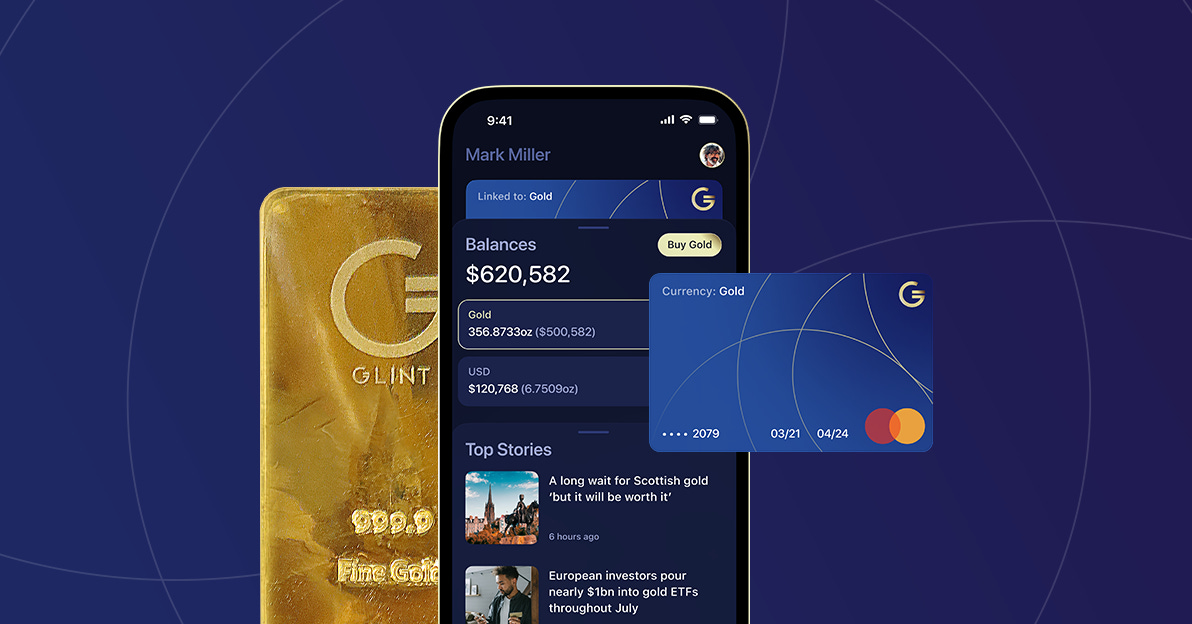Making Gold Money Again
Your money should be a store of value. Yet the dollar has lost 87% of its value since 1971 with no relief in sight. Now, five states are doing something about it, enacting Constitutional gold money.
Our Deep Dives are normally for Premium Members only, but we think this one is so important that we’re presenting it for FREE. Join Premium today.
NOTE: My friend Kevin Freeman has pioneered what may be the most creative, most beneficial innovation in monetary policy in memory. His idea has a lot of fathers — I am one of them — but he stands far above the rest. His book Pirate Money is a must-read, as is George Gilder’s Life After Capitalism. This is just the beginning. — RDM
by Kevin D. Freeman and Rod D. Martin
August 2, 2025
This legislative session, five states made gold legal tender again: money, not just bullion. No, you won’t be making change for gold bars at Walmart: you’ll use debit cards, credit cards, and apps to spend (and be paid in) whatever fraction of those bars you need.
Oh, and your card or app will convert your currency on the fly, in the background, just like it currently converts dollars to yen or pounds to euros. Re-monetized gold will become globally useful through t…




